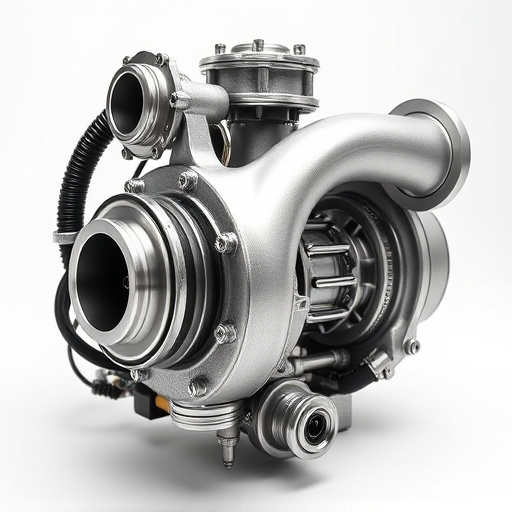Occupational injury treatment differs based on whether it's a musculoskeletal (e.g., sprains, RSIs) or soft tissue injury (tendons, ligaments, nerves). Musculoskeletal issues often respond well to physical therapy, ergonomic adjustments, and rest, while soft tissue damages may need massage, acupuncture, or specialized exercises. Swift assessment is crucial for appropriate treatment, with initial steps like RICE protocol for minor injuries and chiropathic/physical therapy for more complex cases. Long-term management involves a multi-faceted approach tailored to injury type and severity, focusing on patient education and participation, aiming to restore functionality and prevent future incidents.
“Uncover common types of occupational injury treatment and gain insights into effective management strategies. From immediate response to long-term rehabilitation, this guide explores essential steps for addressing workplace injuries. Learn about assessment techniques, specialized therapies, and holistic approaches that contribute to swift recovery and enhanced job performance. Understand the nuances of occupational injury treatment and its impact on employee well-being and organizational success.”
- Understanding Different Types of Occupational Injury Treatment
- Assessment and Initial Response for Common Workplace Injuries
- Long-term Management and Rehabilitation Strategies
Understanding Different Types of Occupational Injury Treatment

When it comes to occupational injury treatment, various approaches are available depending on the type and severity of the injury. It’s crucial to understand that different injuries require distinct care strategies. Generally, occupational injuries can be categorized into two main groups: musculoskeletal and soft tissue injuries. Musculoskeletal injuries involve issues with muscles, bones, joints, or ligaments, such as sprains, strains, or repetitive strain injuries (RSIs). Soft tissue injuries, on the other hand, encompass damage to connective tissues, including tendons, ligaments, and nerves.
Each injury type necessitates a tailored approach. For instance, musculoskeletal injuries often benefit from physical therapy, ergonomic adjustments, and rest periods to promote healing. In contrast, soft tissue injuries may require techniques like massage therapy, acupuncture, or specialized exercises to alleviate pain and restore mobility. Personalized treatment plans are key to effective recovery, ensuring that the specific needs of each individual are addressed for optimal outcomes in occupational injury treatment.
Assessment and Initial Response for Common Workplace Injuries

When a workplace injury occurs, a swift and accurate assessment is crucial to determine the severity and type of occupational injury treatment required. The initial response should focus on providing immediate relief and stability to prevent further damage. This often involves simple yet effective interventions like rest, ice, compression, and elevation (RICE protocol), especially for sprains, strains, or minor cuts and bruises. These measures help reduce pain, swelling, and inflammation while ensuring the injured worker is safely transported to a healthcare facility if needed.
Chiropathic treatment, physical therapy, and rehab services are common avenues for treating more complex occupational injuries, such as back pains, pinched nerves, or repetitive strain injuries. Chiropractors can offer adjustments and manipulation techniques to alleviate joint pain and improve mobility. Rehabilitation services provide a comprehensive approach, combining exercise programs, manual therapy, and education to restore function and prevent long-term disability. This prompt assessment and tailored treatment plan ensure workers receive the best possible care, enabling them to return to their duties safely and efficiently.
Long-term Management and Rehabilitation Strategies

Effective long-term management and rehabilitation strategies are essential components of occupational injury treatment. Following an initial acute phase, focused on pain reduction and inflammation control, the goal shifts to restoring functionality and preventing future incidents. This involves a multi-faceted approach tailored to the specific type and severity of the occupational injury, with a strong emphasis on patient education and participation.
Rehab services play a crucial role in addressing musculoskeletal injuries, which are common among workers in physically demanding occupations. Joint pain relief is achieved through a combination of physical therapy, ergonomic adjustments, and sometimes, medication management. These strategies not only alleviate immediate discomfort but also equip individuals with the knowledge and tools to adapt their work environments, thus reducing the risk of recurring injuries and fostering a safer, more inclusive workplace.
Occupational injury treatment is a multifaceted approach, with immediate response and long-term rehabilitation playing equal roles. From assessment and initial care to ongoing management strategies, understanding these different types of treatment is key for effective workplace injury management. By employing evidence-based practices and tailoring solutions to individual needs, organizations can foster a safe and supportive environment, promoting employee recovery and return to work. This holistic approach not only enhances worker well-being but also contributes to a more productive and resilient workforce.














